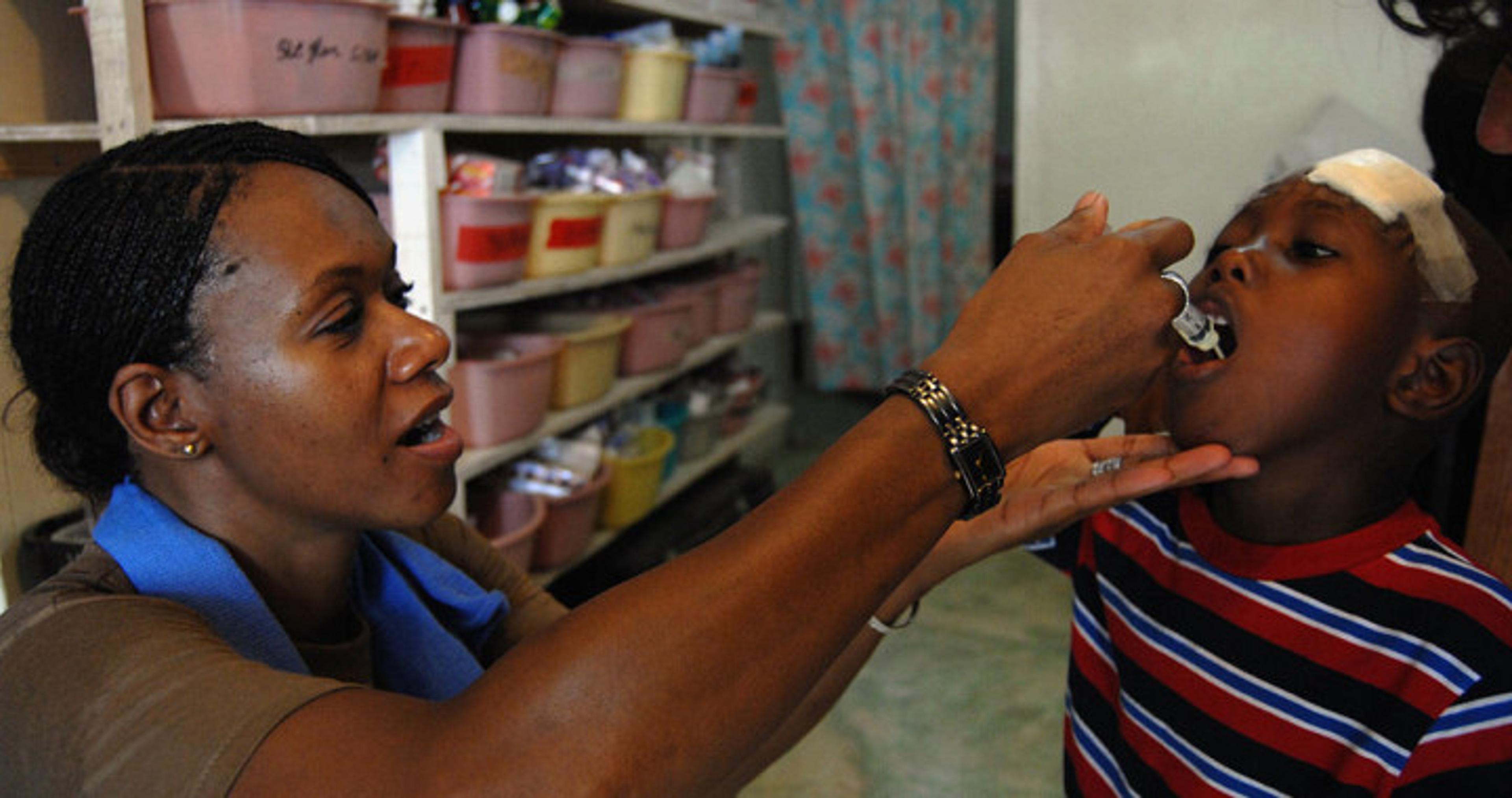Why averting a DALY through deworming may be better than through malaria nets
This is the summary of an article by the Global Priorities Project. You can read the whole article here.
Global public health remains a top contender for the best way to improve welfare through aid. Within health interventions, it is natural to allocate marginal spending to avert the most expected DALYs (disability adjusted life-years) per dollar.[1]

However, not all DALYs are the same and there are important differences between years of life lost (YLLs) and years lived with disability (YLDs). Not accounting for these categories separately may introduce a bias in decision-making because DALYs do not address non-health outcomes for individuals and the effects of outcomes on others. These effects are different in situations which involve primarily YLLs as opposed to YLDs. This analysis is of particular practical importance to effective altruists because two of the most promising interventions address different types of DALYS – deworming primarily averts YLDs and bed nets to prevent malaria primarily avert YLLs.[2] This make us more inclined towards deworming as a top intervention than a naive evaluation would suggest. More sophisticated analyses incorporate terms that address many of these effects, but may still undervalue deworming relative to malaria nets.
This document is primarily written for people who already place a high weight on DALYs in identifying top public health opportunities. It does not argue for the use of DALYs, or consequentialist reasoning in identifying public health opportunities.
Continue reading here.
Notes
- For example, a simple reading of the work of the Disease Control Priorities Project 2nd edition, suggests such an approach. Some evaluators, such as GiveWell, place much less emphasis on averting DALYs.
- You can examine the data at GBD Compare.